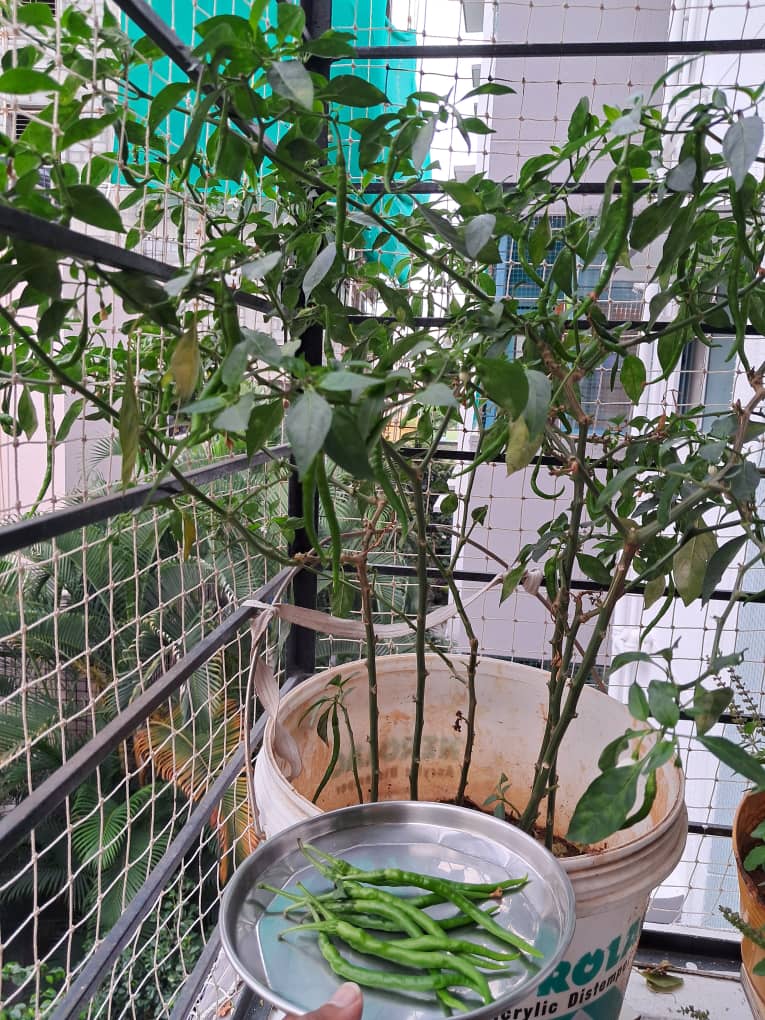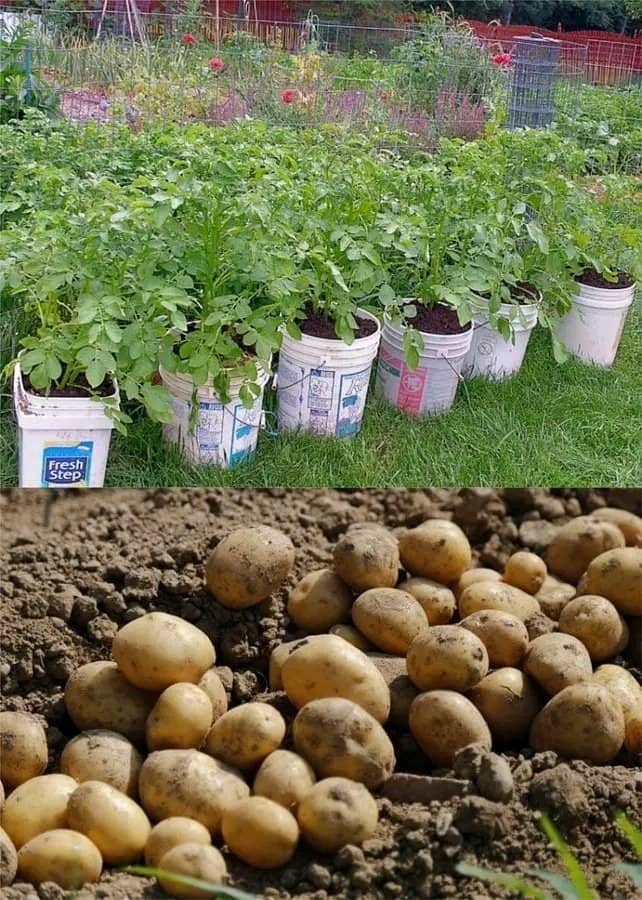By Kirsten Okenwa
Growing up, my siblings and I utilized every little soil space in our backyard to plant corn and vegetables. They thrived because we nurtured them with youthful zeal. When our family moved to a bigger house in another city, we enjoyed fruits and vegetables that grew accidentally in our backyard.
It happened that as we continually threw out waste water after washing peppers and tomatoes, we discovered months later that the discarded seeds germinated and gave us a rich harvest of peppers and tomatoes. This also happened with grapes and pawpaw. We would throw out the seeds of these fruits carelessly in our backyard and find that they grew into very big trees. We didn’t set out to plant a home garden but in the 17 years my family lived in that house, we accidentally grew tomatoes, peppers, various fruits and vegetables all from discarded seeds.

Imagine what excellent gardens we can have in our homes if we intentionally plant. Living in the city can sometimes make us feel distant from food production. Many of us live in urban apartments with little gardening space hence the rise in bucket farming, or container gardening as some people call it. This is where crops are planted in containers such as buckets, cut gallons, sacks, and even old tires. Smart and affordable container gardening has made farming in urban areas very possible. We do not have to buy everything from the farmers market when we can produce some of our own food effectively and profitably in very little space. Growing food in these containers is a creative and sustainable solution for food security.
You don’t need much acres of land to start farming. Containers are a good alternative for proper space management and land utilization in urban areas. All you need do is to buy the nursery of any plant of your choice and transplant into your sack or bucket. Container farming in homes is not only because of food scarcity but also about inflation. The price of food is on a daily increase in Nigeria. We are facing tremendous hike in cost of feeding and many people are unable to afford the basic foods for healthy living. Self-sufficiency and sustainability is paramount today.
I visited the home of my sister Phyllis who has a green thumb for farming. I saw that she had a flourishing bucket farm in her urban apartment. Rows and rows of thriving tubers and vegetables like yam, oregano, thyme, rosemary, hospital-too-far (Chaya leaves), bitterleaf all planted in large buckets with good soil and arranged to maximize space in her veranda and small backyard. These plants are regularly monitored and yields splendidly all year round. My sister preaches to all who care to listen that if in a community we plant various crops in our small spaces including the use of sacks and buckets, we will be able to share our harvest or at least sell our crops at reduced prices to our neighbors in need.
A friend sent me a text message saying that she harvested fresh tomatoes and peppers from her bucket garden and she won’t have to buy from the market for a while. Every few days she gets 10 to 15 tomatoes and peppers from farming in just two old paint buckets. This season’s yield have been very good.
Another friend who started growing food in buckets said that when he tasted the lettuce and tomatoes he grew in containers, he was amazed at the unique and pleasant taste which he attributes to the lack of chemical fertilizers.
Here are some of the benefits of using our small urban spaces for container farming:
– Regular crop yields while reducing land use and water consumption.
– Provide year-round production and reduce the impact of seasonal changes.
– Improve crop quality and reduce the risk of contamination.
– Reduce transportation costs and increase access to fresh produce in urban areas.
– Create new opportunities for urban agriculture and local food systems.
Growing potatoes works in buckets or sacks too, just like growing them on land. The budding plants also helps in greening and beautifying our backyard or veranda.
Creating a sustainable bucket farm in a small urban space can be very rewarding. By using colourful containers for different plants, we add beauty to our environment.
Here are quick steps to begin:
- Get buckets or sacks
- Drill small holes in bottom
- Put some rocks or broken pottery in the bottom for drainage
- Add soil mix
- Plant your crop
- Water the plants twice daily: early in the morning and evening
- Expect a good harvest
Kirsten Okenwa is an Industrial Chemist, Food Systems and Agriculture Expert.





